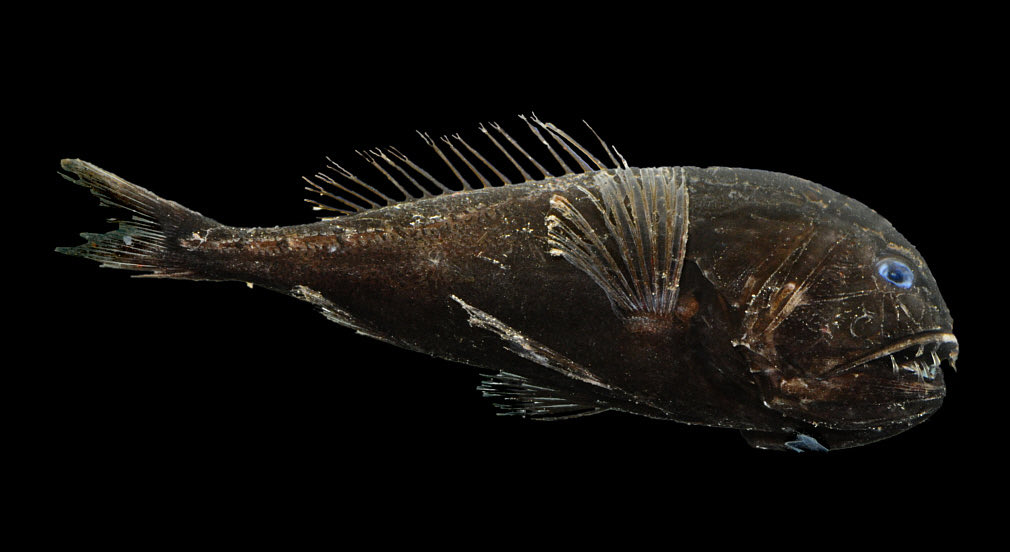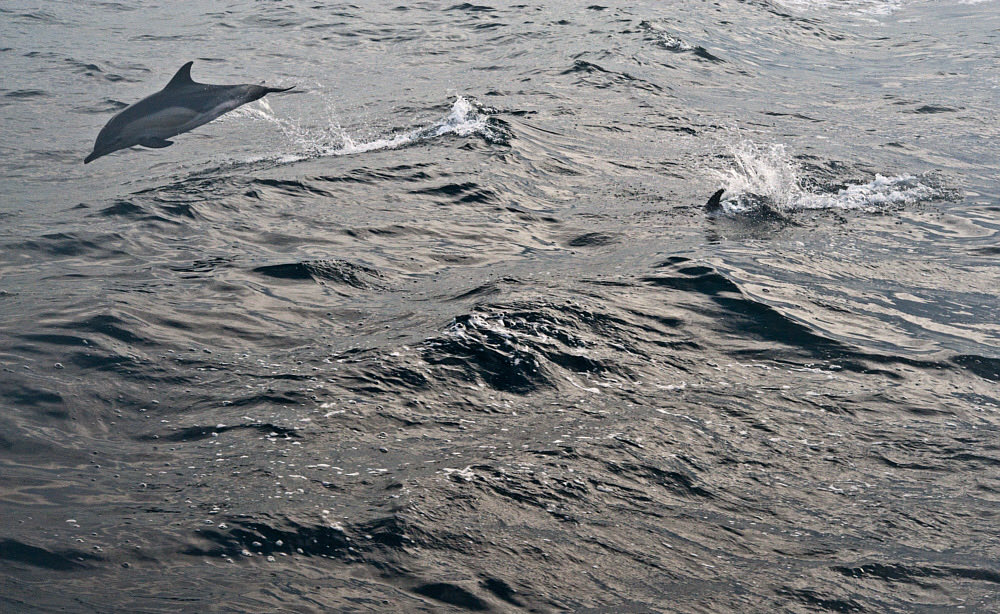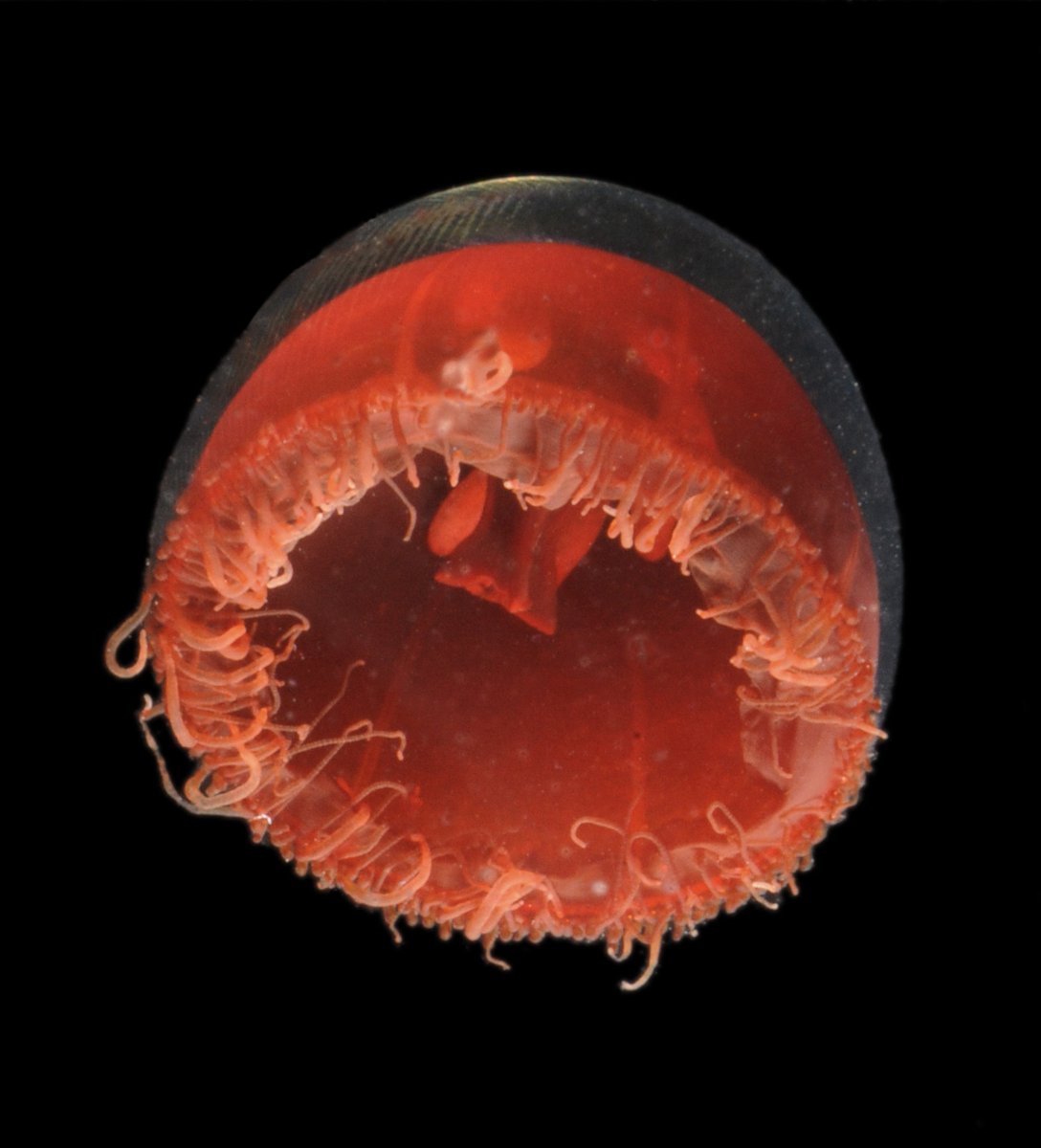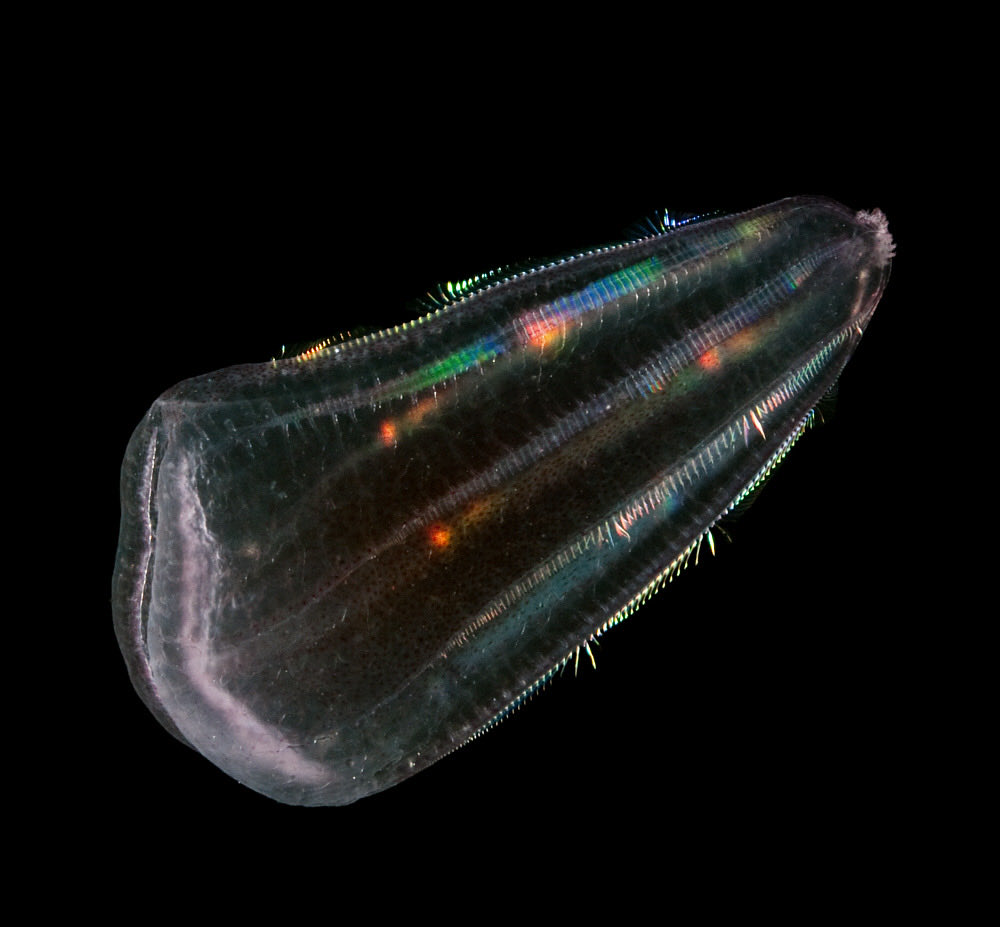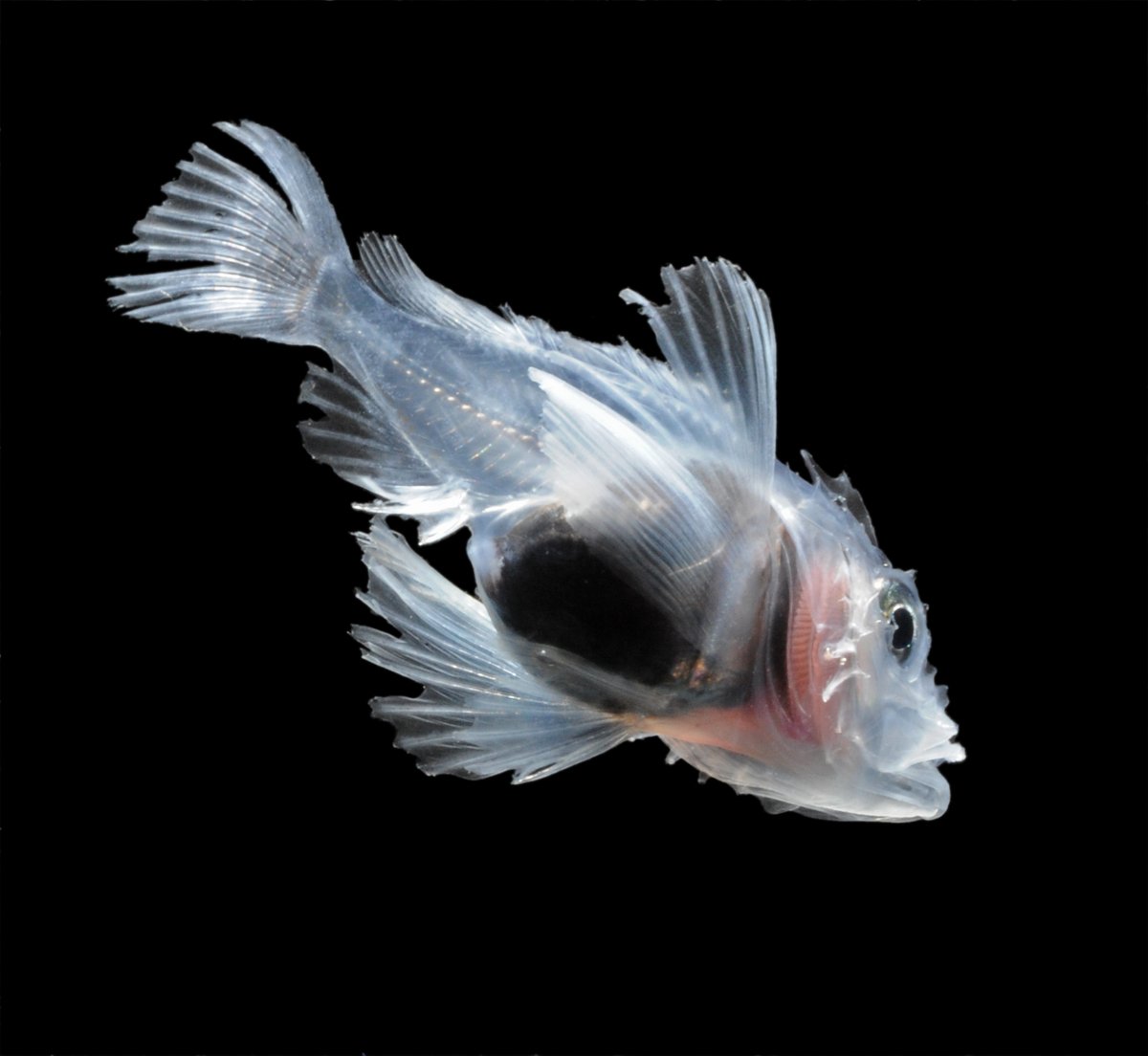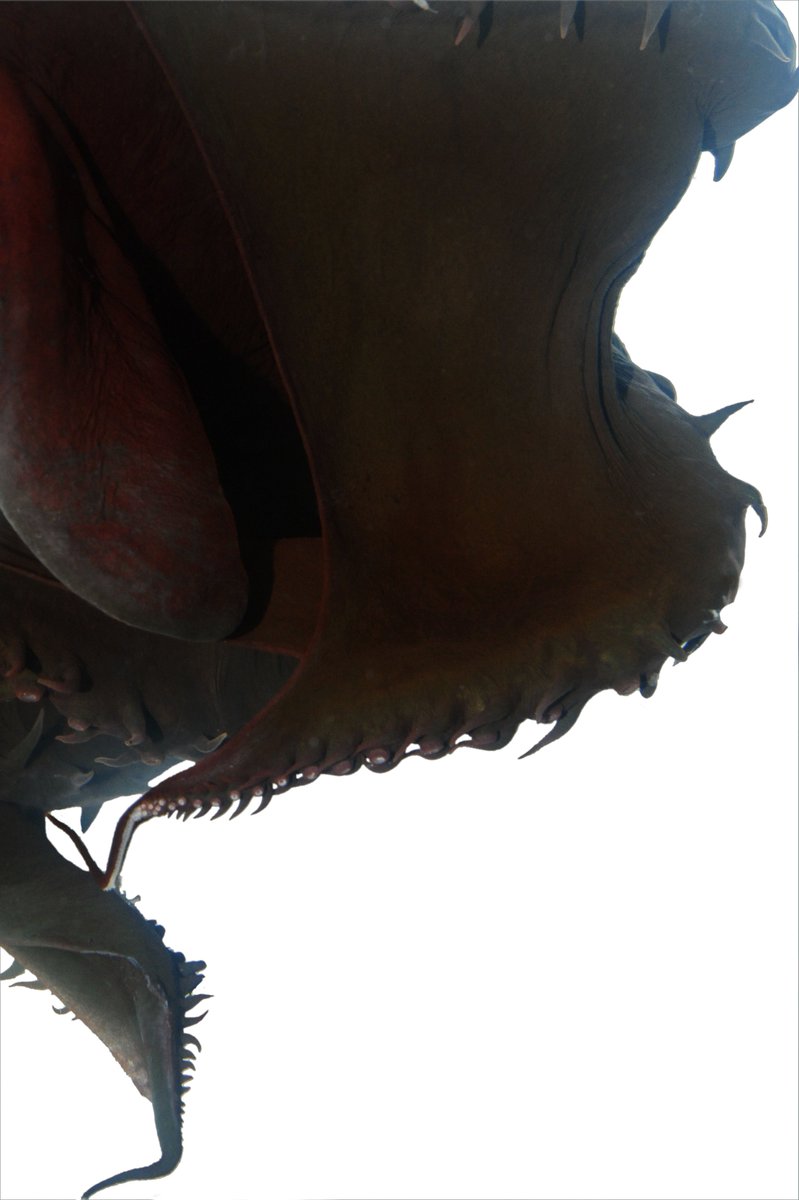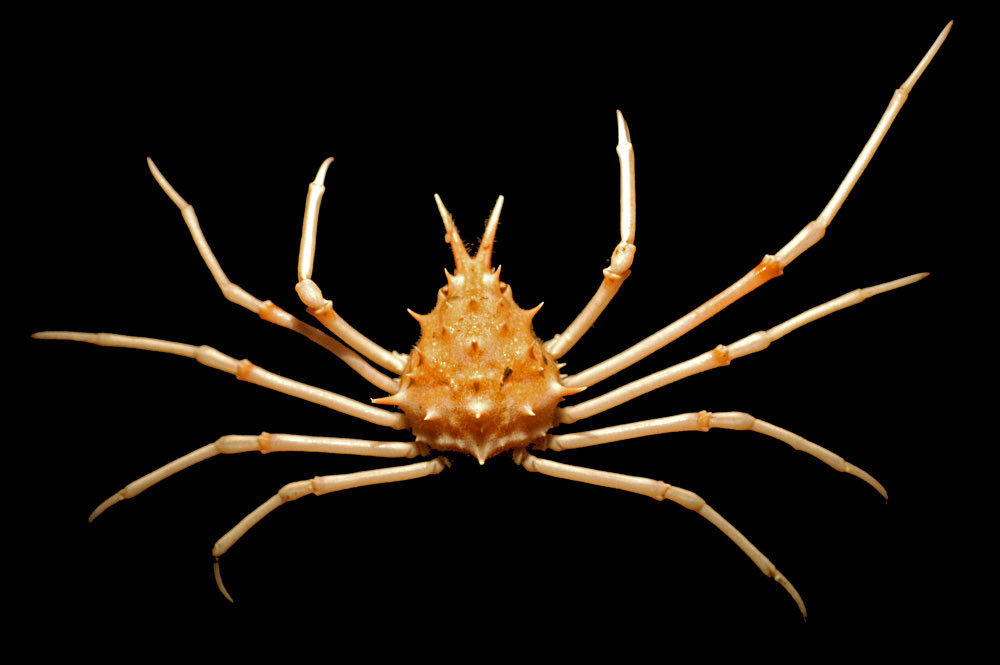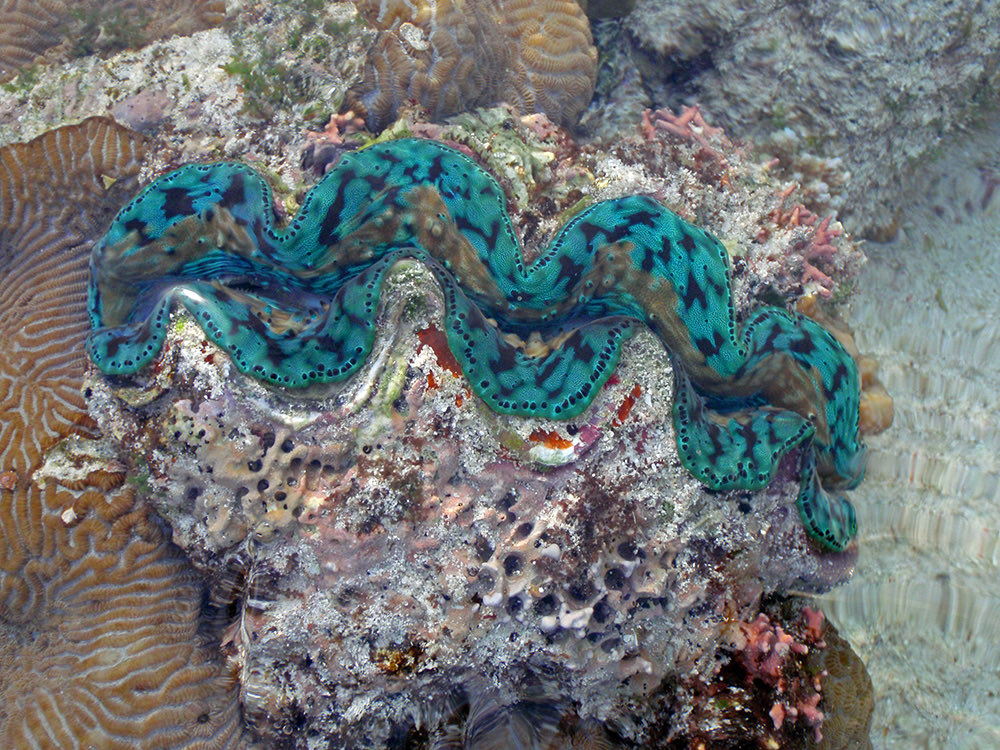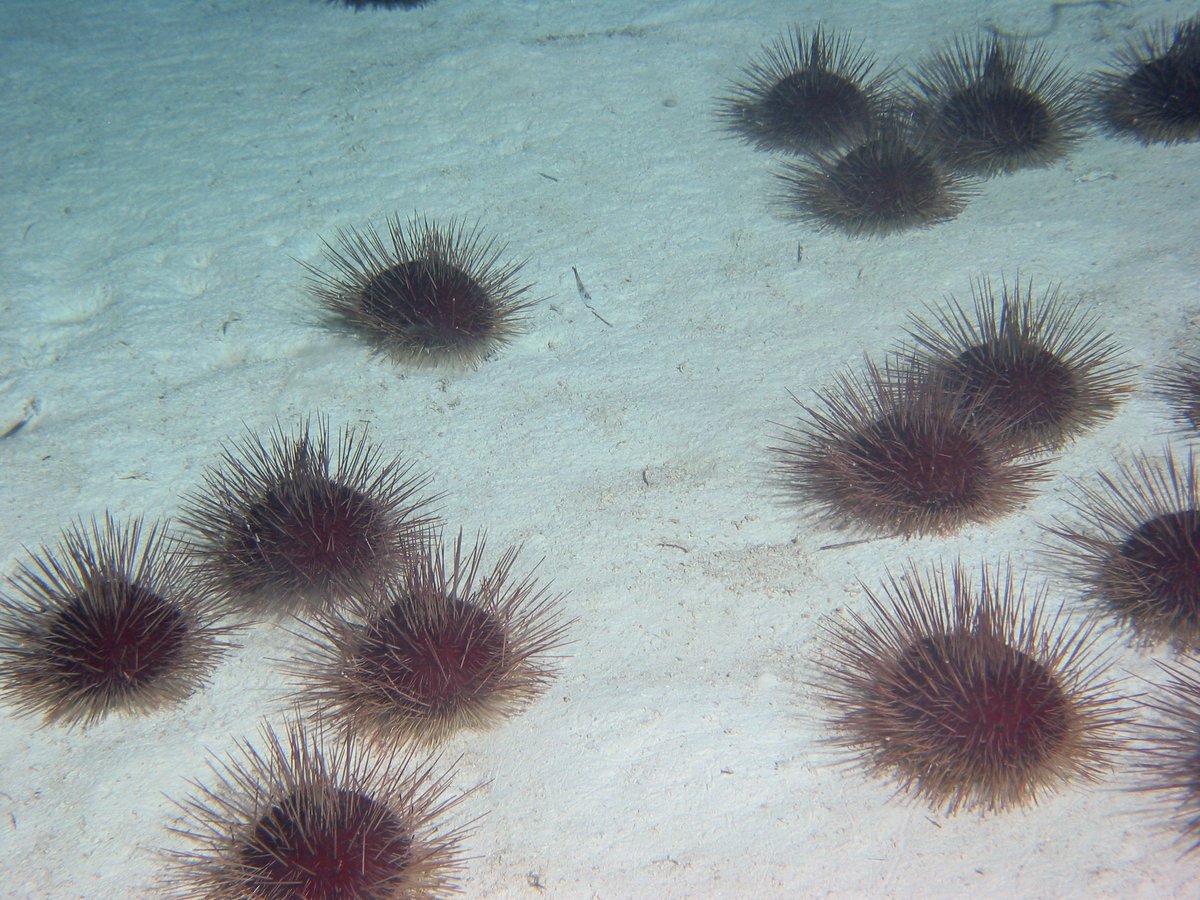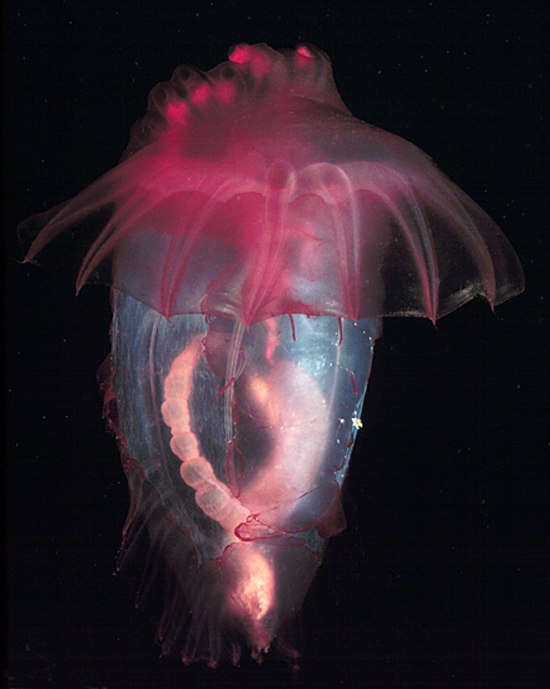
Sonke Johnsen
@sonkelab
Followers
2K
Following
57
Statuses
455
Visual Ecologist and Marine Biologist at Duke University. Also interested in the connections between art and science
Chapel Hill, NC
Joined November 2016
Looking for a postdoc starting this summer for a project on transparent fish. Needs to be able to do optical modeling and understand electron micrographs of tissue. 2.5 years of funding from a foundation that is immune to federal influence. Contact me at sjohnsen@duke.edu
0
0
10
@metallic_roughy just heard from Tracey on email, and you are right! This is Danophos oculatus.
1
0
1

